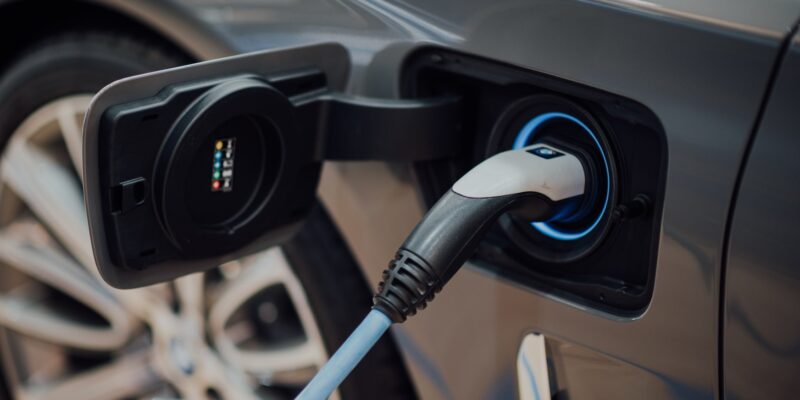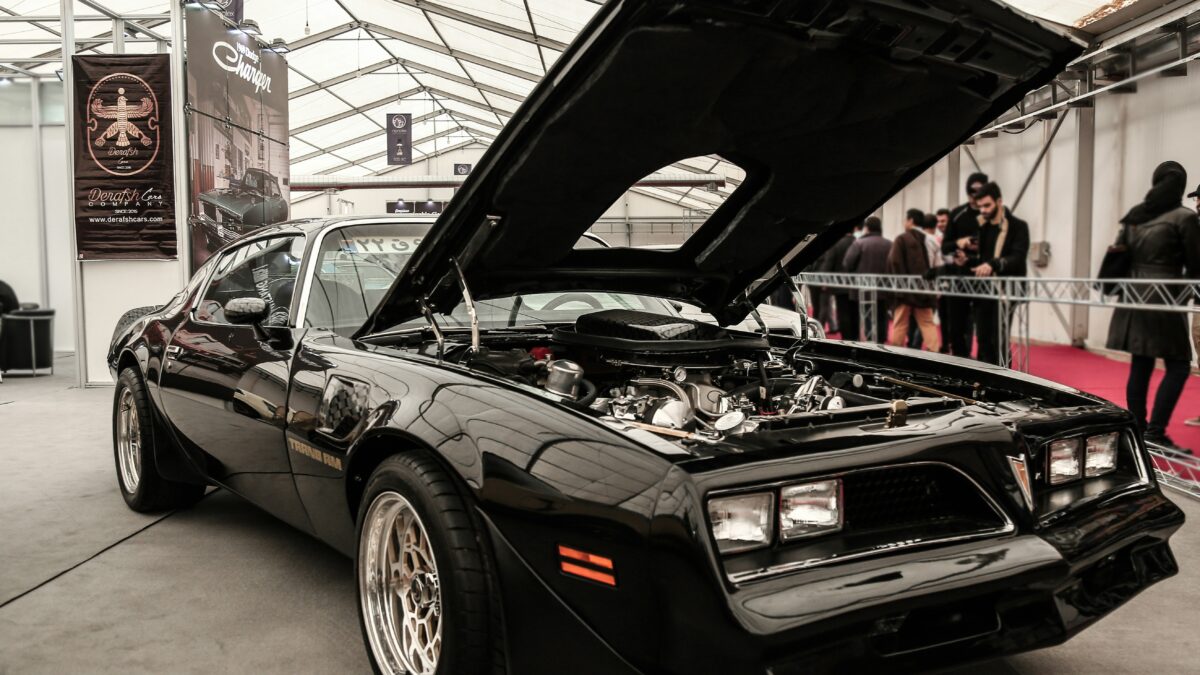The Growth of the Electric Vehicle Charging Infrastructure
As the electric car revolution grows, America faces a challenge.
The US Government and Biden Administration has released an initiative that will increase electric vehicle sales. They forecast that EVs will comprise up to fifty percent of new vehicle sales by 2030. While this is a helpful and necessary goal for overall global emissions, this will bring a new set of difficulties.
As electric vehicles become more prominent, consumers investing in this technology will also need a nationwide comprehensive charging infrastructure to rely on. This will ensure they the full benefits of changing to electric vehicle technology.
Many electric vehicle drivers charge their vehicles at home, as they find the public charging system unreliable, inconvenient, and confusing. Constructing this new charging infrastructure, while necessary for the collective uptake of electric vehicle technology, is a time-consuming, complicated process that requires a high amount of coordination and investment across sectors.
A Comprehensive Electric Vehicle Charging Infrastructure
The EV initiative set out by the Biden administration focuses on pushing electric vehicles into the forefront to reduce America’s carbon footprint. It also includes building a 500,000-site charging infrastructure (Combined Charging System or CCS) by 2030. Currently, there are 52,000 Level 2 and Level 3 charging stations in the US. However, these changing stations have a disproportionately skewed distribution. Over 14,000 of these charging facilities are in California alone, with significant gaps in central and Western America.
Adopting this government-backed initiative, companies are eligible for financial backing from federal subsidies to construct charging infrastructure on some of the busiest roads in the nation.
Under the Biden Administration, automotive manufacturers, charging companies, automotive retailers, and other businesses have banded together to ensure this infrastructure is developed and executed optimally. Having so much expertise and knowledge when planning charging locations and partnering with dealerships will provide the best infrastructure for consumers.
Tesla’s Fast Charging Infrastructure
Along with CCS, the government-backed EV charging infrastructure, Tesla has also developed its own fast-charging system. Currently, it has 19,000 charging stations nationwide with 73,000 individual charging points. Due to Tesla’s future planning and innovation, they now own approximately 60 percent of the fast chargers deployed nationwide.
With these initiatives and companies investing in the future of electric vehicle technology, customers will finally receive the charging infrastructure it needs.
Tesla & General Motors New Partnership
One of the most significant partnerships to come from the need for a better and more comprehensive EV charging infrastructure is between General Motors and Tesla.
General Motors will follow the steps of major automotive company Ford in partnering with Tesla’s fast-charging system. This partnership will allow consumers who buy any General Motors EV access to the Tesla charging network nationwide.
Also, General Motors have released that they will add charging connectors compatible with Tesla to their vehicles in 2025.
But in 2024, any customer that owns a General Motors electric vehicle will be able to avail of the fast-charging services that Tesla provides through the use of adapters. Ford customers will also receive the same treatment as adapters will also be available for their customers to use.
This partnership gives GM’s customers access to Tesla’s ground-breaking technology. It also means that three of the top electric vehicle sellers in America have agreed on a standard charging system.
Tesla and General Motors creating this partnership is a significant move to creating a nationwide EV charging infrastructure that consumers can rely on.
The Future of EV Charging Systems
This partnership is directly in rivalry with the Biden administration’s “combined charging system (CCS).” However, several government officials state that the industry will eventually converge on one system. This will allow cross-usage between Tesla’s charging and government-backed CCS systems. Charging providers that have invested in the CCS standard could rely on adapters to open their system to all EV drivers regardless of the make and model of their car.
This is excellent news for current and prospective electric vehicle technology customers and EV technology advancement nationwide. By having partnerships like General Motors and Tesla, along with government-backed initiatives like CCS, electric vehicle customers will not have to wait long until there is a comprehensive infrastructure like the one deployed for traditional combustion engine vehicles.
















